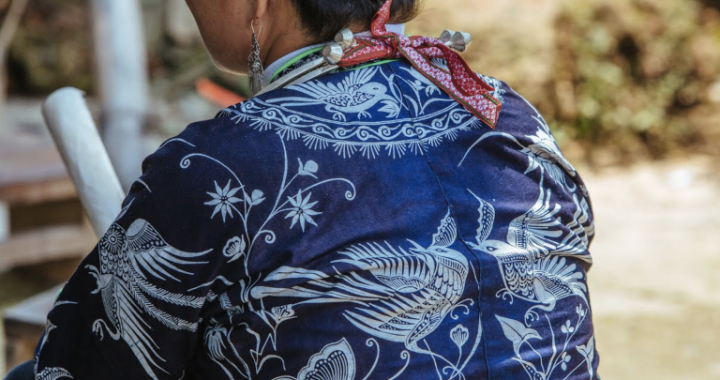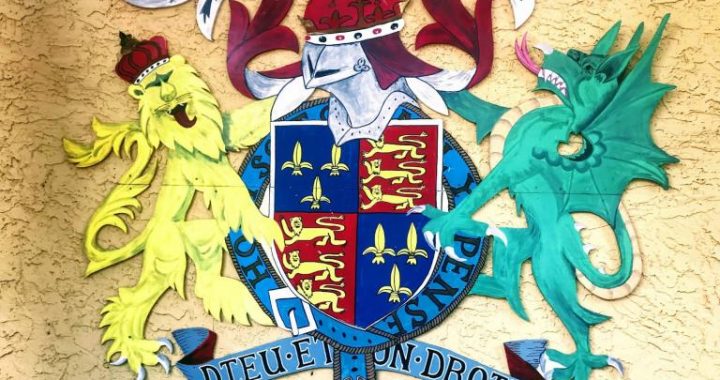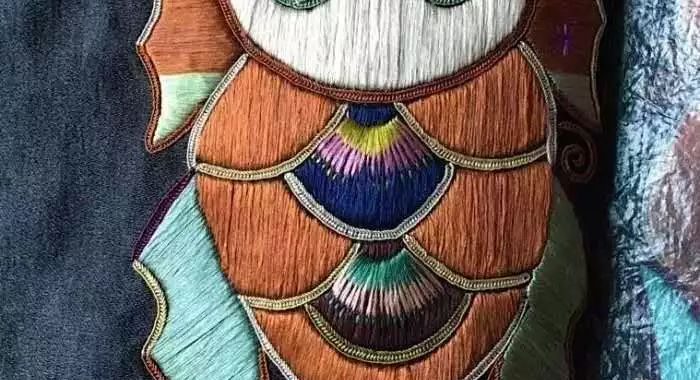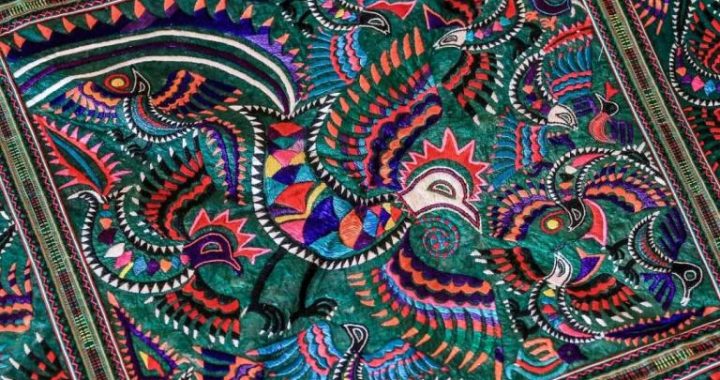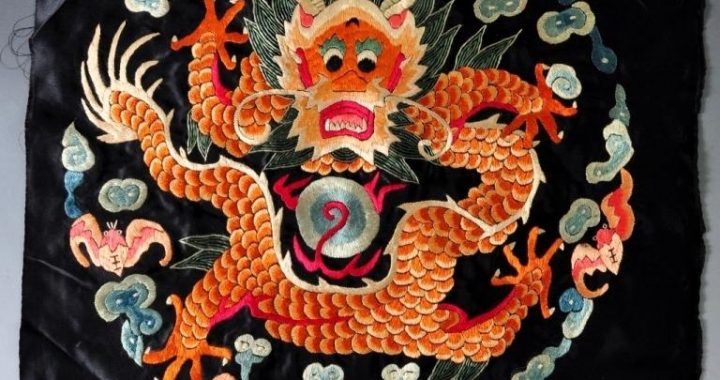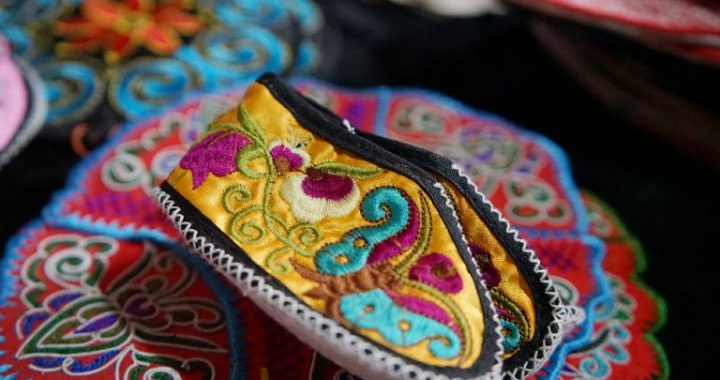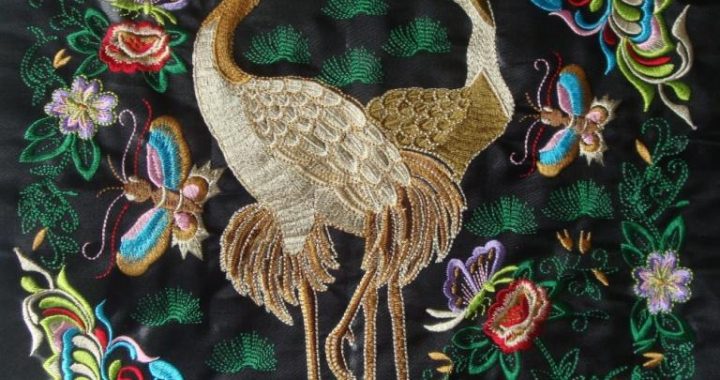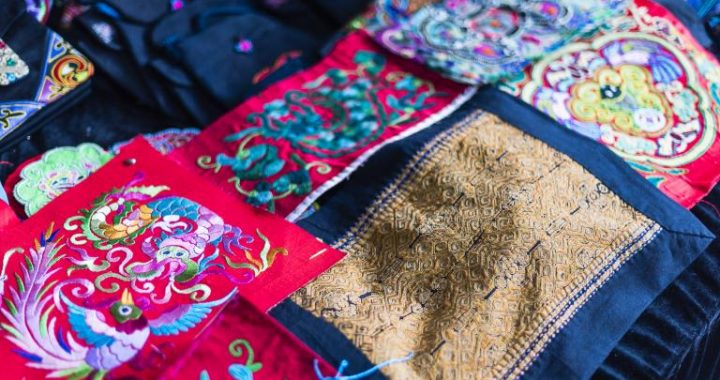Treasury of Culture
5 min readSilk,as valuable treasure,not only gains China the title”Oriental Land of Silk”,but also brings inexhaustible inspirations to Chinese culture.As you will find here,production and techniques of silk has also exerted influence on Chinese literature,art and etiquettes.
1)Silk and Literature
The exceptional role silk played in Chinese culture was above all reflected by its influence on Chinese characters.Pictographic characters of”mulberry”,”silkworm”and”silk”originating from mulberry planting,silkworm rearing and silk productions,were already inscribed on the mysterious oracle bones in the Shang dynasty.Modern Chinese characters with””(meaning silk)as the an essential component,such as(jing,warp),(wei,weft),(zu,group),(zhi,weaving),(xian,thread),all derive from the sericulture industry.Besides,many common Chinese words and idioms are related to sericulture industry as well.
For instance,the word(jigou)originally referred to the structure of looms,while now it generally refers to work units such as governmental departments and social groups.
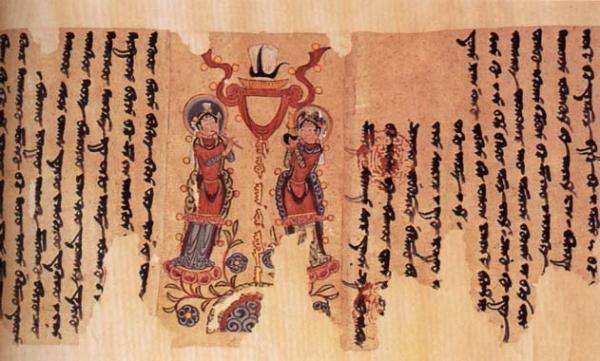
Besides its great contributions to Chinese characters,the glamour of silk is manifested in Chinese literature.The Book of Songs,which is the first collectionof poems in ancient China,already recorded the charm of sericulture.As a line in Book of Songs:Ballad of the Bin Area:July goes,”With the spring days the warmth begins,and the oriole utters its song.The young women take their deep baskets,and go along the small paths,looking for tender mulberry leaves.”This poem saw the start of silk as a popular subject matter for literary works.In the following periods,men of letters wrote various poems and drew numerous paintings with silk as their themes,For example,in one poem written by the famous Tang poet Bai Juyi,he admired the splendid Liao damask as the magnificent fall of Tiantai Mountain shed b moonlight.In the Ming and Qing dynasties when novels were popular,Cao Xueqin,whose grandfather Cao Yin was the head of the Jiangning Official Textile Workshop,depicted large varieties of textiles in his masterpiece Dream of the Red Mansion,making it a significant source for studying the categories and techniques of silk in that time.
2)Silk and Art
Smooth and graceful as it is,silk is destined to be favored by artists as aperfect media to create everlasting poems and paintings.With integration of colorful silk and free manipulation of ink,silk painting is indeed one of the mostfascinating art form on earth.Its first appearance in the Spring and Autumn Period(722 BC-481BC)and Warring States Period(403 BC-221 BC)is evidenced by two silk paintings Lady,Dragon and Phoenix and Man Riding the Dragon unearthed from a tomb of Chu state in Changsha,Hunan province,which are the two earliest complete examples found in China to date.During the Tang and Song dynasties silk was still a popular media for calligraphy and painting,and in the Ming and Qing dynasties it became more commonly applied for mounting calligraphy and painting works,the most famous material being the Song brocade.
Motifs such as mulberry picking,silkworm rearing and silk production were also favored by ancient artists,and frequently appeared on various artworks.For instance,on a bronze bottle of the Warring States period collected in the Palace Museum,the scene of women happily picking mulberry leaves in the grove was portrayed.Another example is the painting of Tilling and Weaving which is considered to be the most famous painting of silk production.
Due to the supreme status silk products enjoyed in ancient Chinese arts and crafts,it often became a model to be imitated by other art forms,from bronze in the early days to porcelains,gold and silver wares later.And as some scholars concluded from their studies,the original meaning of”china”was silk rather than porcelain.
3)Silk and Etiquettes
As a unique integration of practicality and artistry,silk has not only made extraordinary contributions to Chinese literature and art,but is considered as the symbol of dignity and status as well,and has always been closely related with religion and rites since its emergence.On the other hand,grassroots who only afforded clothes made of plain cloth and hemp were therefore referred to as Buyi(literally garment made of cloth).
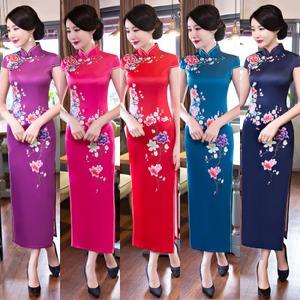
The life process of a silkworm,which is transformed from an egg to larva,then to a pupa in the cocoon,and finally to a moth breaking through from the cocoon,also amazed our ancestors.They connected such transformation with the life circle of human beings,and considered silk a mystic media between men and heaven.As a result,it was believed that the soul must break through a cocoon like a pupa,if i was to ascend to the heaven.Accordingly,bodies of the dead were wrapped up with silk as an artificial cocoon,with which their souls could break through to the heaven.
The ultimate manifestation of silk’s application in China’s ritual system was the dragon robes-costumes for Chinese emperors,supplemented with rank patches oftheir officials.As son of the heaven,emperors had the privilege to wear costumes with dragon patterns and the”twelve emblems”.The former implies the authenticity of the emperor as a real dragon and thereby son of the heaven,while the twelve emblems,namely the sun,moon,stars,mountain,dragon,huachong,zongyi,algae,fire,rice,fu and fu,take on the following compliments for emperors:the sun,moon and stars suggest that the mercy of the emperor is as glorious as their rays;mountain stands for his calmness and steadiness in disposition;dragon,which is a lengendary creature,symbolizes he is a resourceful and resolute ruler;huachong,which usually is in the form of a pheasant,signifies his unusual literar talent;zongyi,which is a sacrificial utensil,usually in pairs,with patterns of tiger and monkey,tiger implies might and monkey implies wisdom;algae stands fornobleness in conduct;fire means open and aboveboard;rice denotes ruler attaches importance to agriculture and he can bring peace and stability to his country;fu,which is in the form of an axe,marks efficiency and resolution;while fu,which is in the shape of two bows in opposite direction,connotes his pursuit of benignity and break from malignance.
The rank patches decorated on the front and back of ancient official robes have also become familiar to people today through television.Generally speaking,civil officials wore patches with patterns of birds,while military officials wore patterns of beasts,with a particular bird or beast corresponding to a particular official rank.For instance,a patch with pattern of crane implied that its owner was a first rank civil official.In one word,both the dragon robes and the rank patches were applied as tools for distinguishing hierarchy and indicating status,and they clearly reflected the important role silk had played in ancient China,a nation of etiquette.
